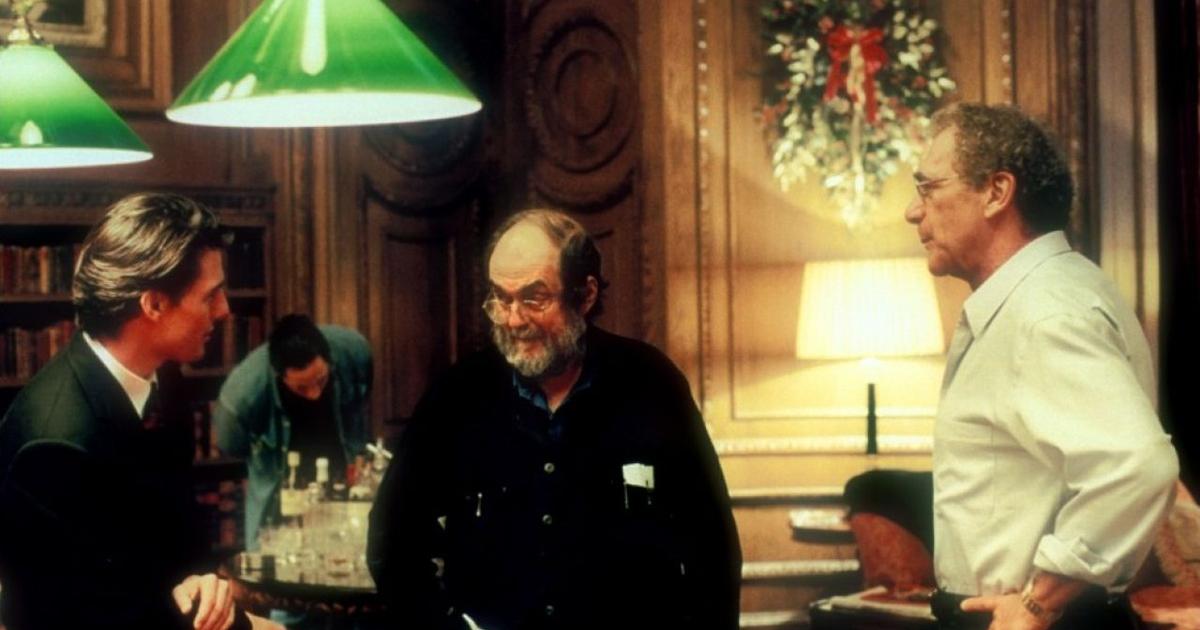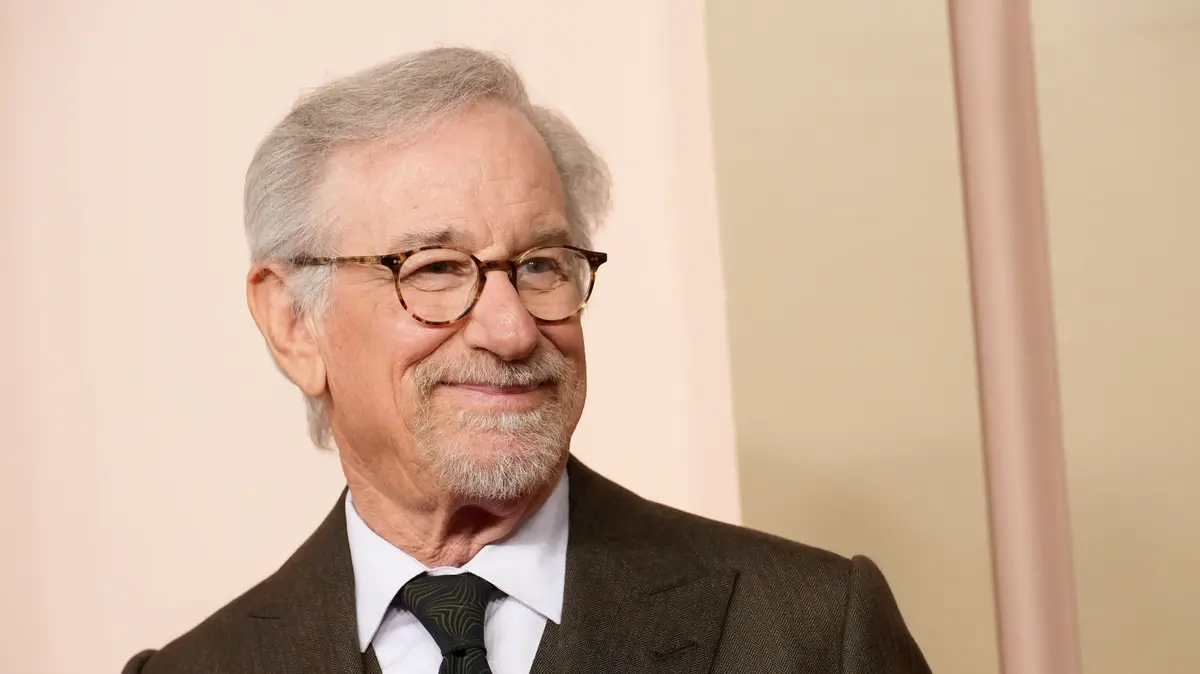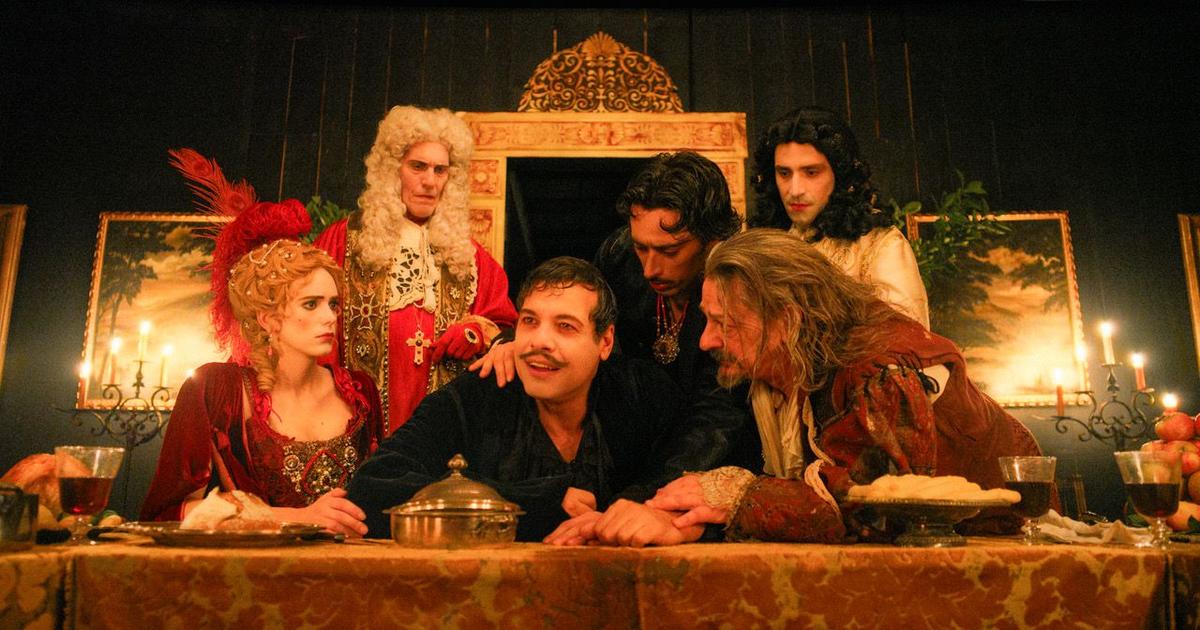Shortly after Stanley Kubrick died in 1999, his family donated all the material he had worked on for his 13 films to the University of the Arts in London.
The donation included the projects that were not filmed and thus it was learned that the filmmaker had worked for years on a story about the Holocaust entitled
Aryan papers,
created from the novel
Lies in times of war,
by Louis Begley.
While Kubrick approached the job with his famous meticulousness, Steven Spielberg wowed the world with
Schindler's List
.
Kubrick's project was shelved.
When his legacy became public, the sisters and famous artists Jane and Louise Wilson, candidates for the Turner Prize in 1999, created the audiovisual piece
Stills From the Kubrick-Ealing Archive (2010)
.
This work is one of the essential pieces in the exhibition
This is not a movie.
Contemporary art and cinema in the Helga de Alvear Collection,
which can be seen at the Helga de Alvear Museum in Cáceres until June 4.
More information
Helga de Alvear, on treasuring works of art and giving away her catalog to the public: “Collecting art is a drug!
Especially for the pocket”
In the wake of Magritte's pipe, the proposal, curated by Chema González, does not include a single film.
What the viewer sees in the theaters is how cinema has managed to permeate all contemporary art.
To demonstrate this, 40 works (photographs, paintings, engravings and sculptures) by 21 national and international artists are exhibited, all chosen from the collection of a museum that has just completed two years of existence and through which 100,000 visitors have passed. per year in a city that does not exceed 96,000 inhabitants.
Chema González has been responsible for the film and video programming of the Reina Sofía since 2012. The thesis that he develops in the exhibition has to do with the famous writing by Michel Foucault This is not a pipe: an essay on
Magritte,
where he affirms that what we see are drawings of words and signs that have to do with the object represented, but are not that object.
"In this exhibition without films," González explains during a tour of the show, "everything is cinema."
And among the many readings in the exhibition there is a tribute to the Iranian filmmaker Jafar Panahi and his film
From him This is not a film
(2011), in which he filmed his house arrest in Tehran.
Panahi wanted to show that making movies, on occasions, may not be making movies and that cinema can be an exercise in critical imagination in the face of an oppressive political regime.
The reflection of the Spanish artist Alexanco on the process of writing a script.
The exhibition is divided into six thematic rooms and a preamble: possible but non-existent films (Ignasi Aballí), the script as drawing (Marcel Broodthaers, Bruce Nauman, William Kentridge), the origins of cinema as an experience linked to magic and the occult ( Tracy Moffatt or Sonia Delaunay), the ability of cinema to precede history (Fernando Bryce), the actor as matter (Andy Warhol or Luis Gordillo) and the “anti-actor” (Nan Goldin, Cindy Sherman) and, finally , Jane & Louis Wilson's research project into Stanley Kubrick's unmade film about the Jewish Holocaust.
The path can be altered without affecting the meaning of the set.
In the preamble, the visitor finds
Disappearances,
a work by Ignasi Aballí, with half a dozen non-existent movie posters “inspired” by scripts by the writer Georges Perec (Paris, 1936-1982).
Behind this project, explains the curator, the artist's fascination for the French author is revealed, who explores the hidden rules of everyday life and uses language as the material underlying the story with a playful sense.
The work is also a celebration of the social relations that cinephilia describes in one of its most dynamic moments, the Paris of the 1960s and 1970s.
cinema icons
In the whimsical walk through the rooms, one of the most attractive is the one dedicated to the script as writing.
The powerful pieces by Marcel Broodthaers, Bruce Nauman, William Kentridge and José Antonio Alexanco speak of the script as a model of pictorial practice.
In the work of the Spanish, the vignette is used to set up the dialogues, while the Belgian uses labels to clarify concepts and locations.
Warhol's famous portrait of the actress Marilyn Monroe, one of the works that can be enjoyed in the exhibition.
One of the iconic works of this exhibition is in the section dedicated to actors: it is the precious portrait of Marilyn Monroe made by Andy Warhol in 1986. It is a small-format canvas, 46 by 35.5 centimeters, on which blends the artistic aura with the spectacular photogenicity of the actress.
It is also one of the few portraits of the interpreter in Spanish collections, according to the curator.
In return, a second portrait of the actress who represents the anti-glamour of the star.
Made by Hélio Oiticia and Néville d'Almeida, an image of the artist is seen drawn with cocaine scattered over the cover photograph of Norman Mailer's biography.
Another of the most outstanding pieces in the exhibition, in the opinion of the curator, is
Laudanum
(1998), by the Australian Tracey Moffatt.
It consists of a photo novel situated close to the great melodramas of the origins of cinema by Lillian Gish or Mary Pickford, both for its formal appearance, made with photo-engravings, and for the impressive atmosphere that the artist recreates, and which presents a story of jealousy and sexual violence between a white mistress and her Asian maid.
Laudanum was an opiate-based drug used in the 19th century to calm colicky babies and "hysterical" women.
The 19 photogravures present a story of abuse with pictorial and expressionist overtones in the claustrophobic space of a Victorian mansion.
Imitating her techniques and visuals, Moffatt manages to bring the fears, anxieties and abuses of dependent women at the end of the 19th century.
movies despite everything
If the exhibition is a proposal to recognize that cinema permeates everything, somehow films could not be absent in a city that these days celebrates the 30th anniversary of the Cáceres Spanish Film Festival and the specialized magazine Versión
Original
.
While the exhibition lasts, the film series
Films despite everything will be held.
Film and video in the Helga de Alvear Collection,
with projections in the museum and in the Filmoteca de Extremadura.
In the Museum's auditorium, viewings of video art pieces by artists from the collection will be offered, while the Filmoteca de Extremadura will have a special program of historical films in close dialogue with those projected from the museum.
Subscribe to continue reading
Read without limits
Keep reading
I'm already a subscriber









